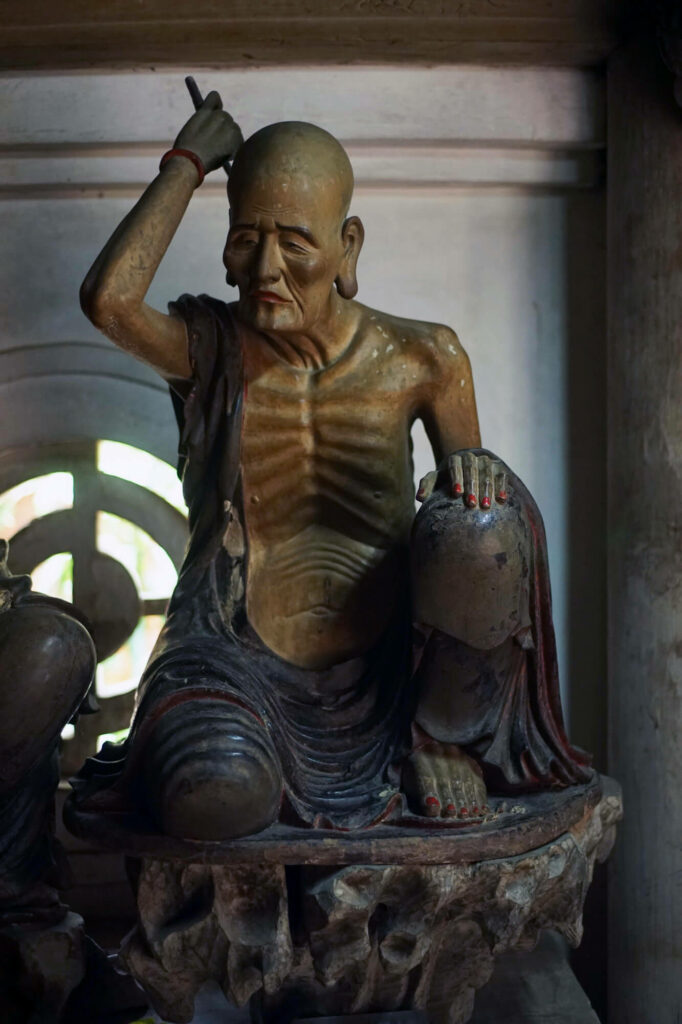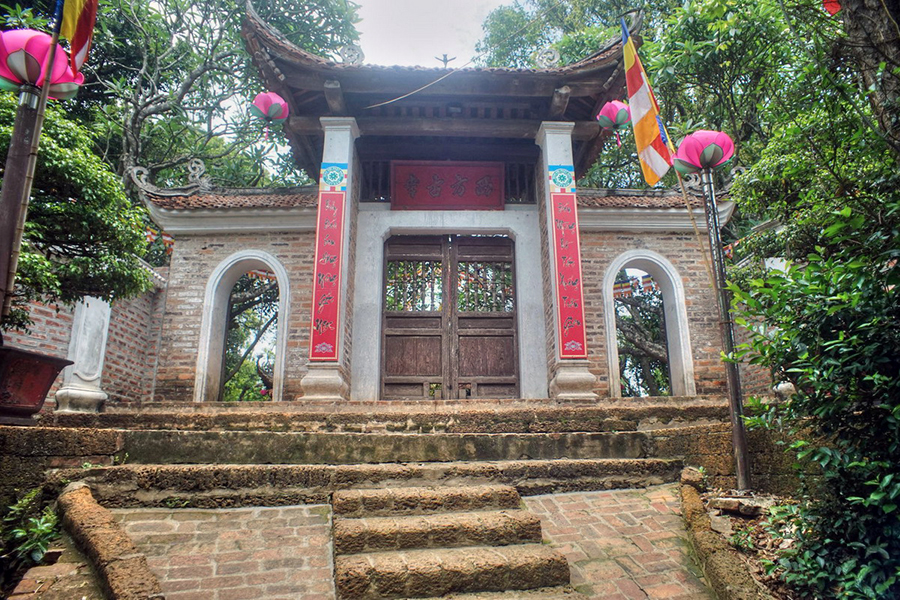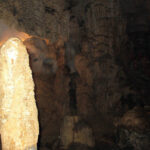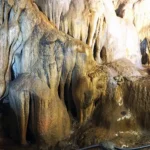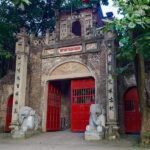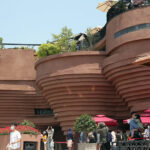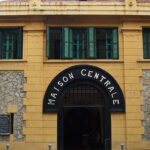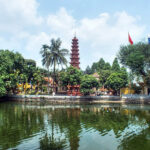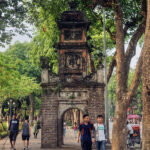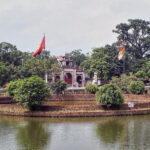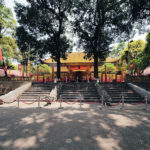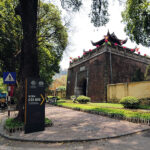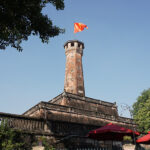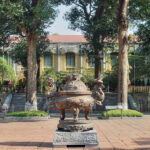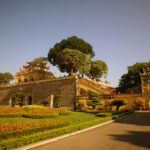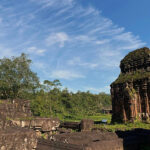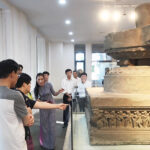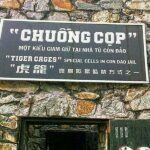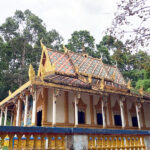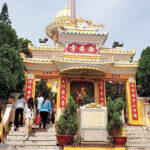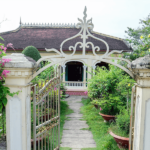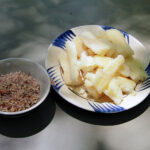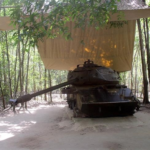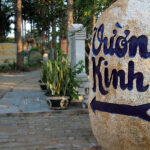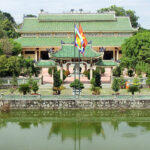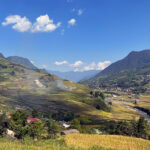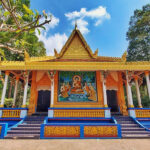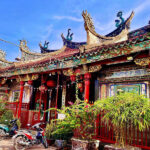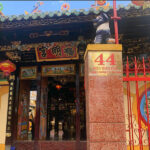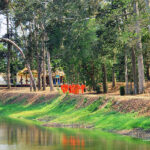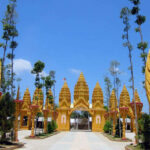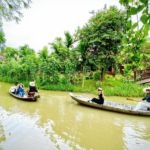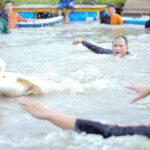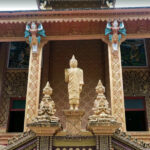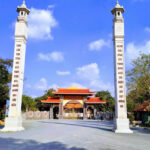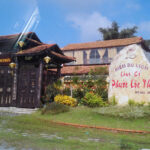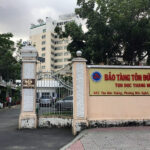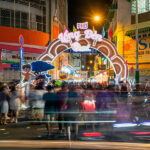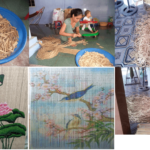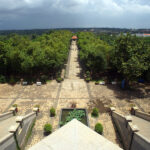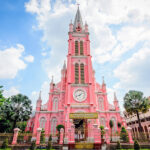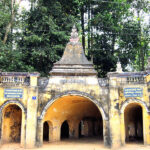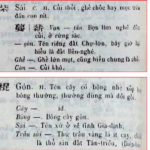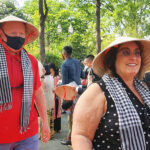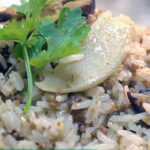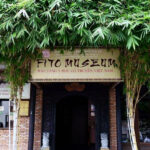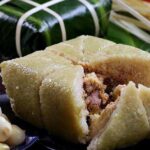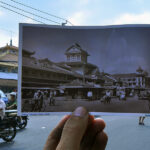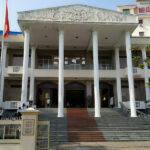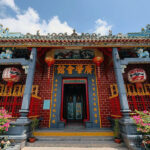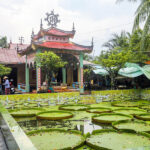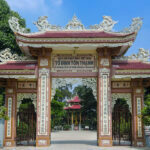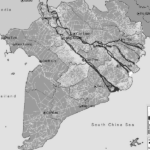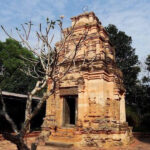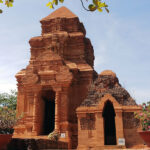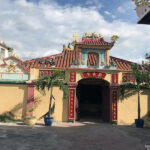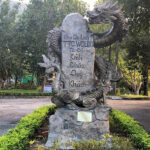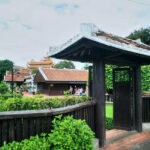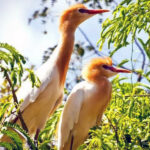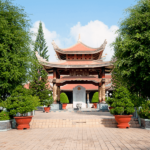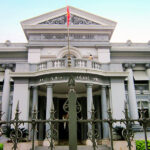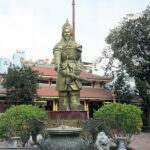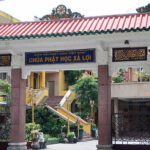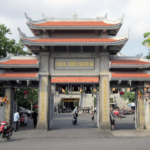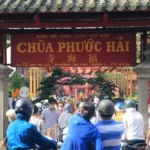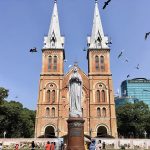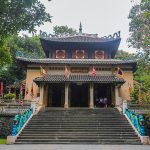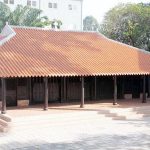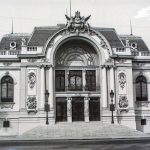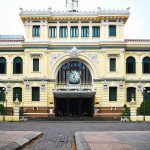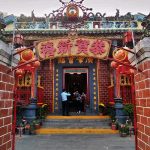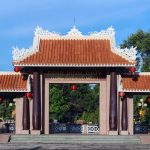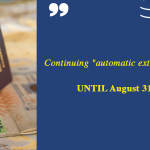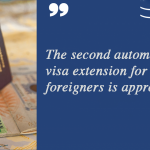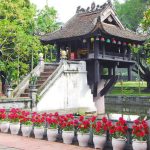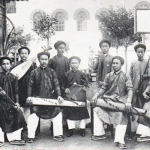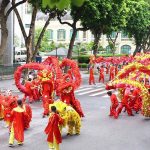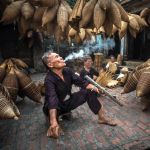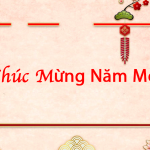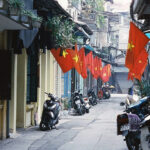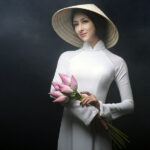Tay Phuong Pagoda (Thach Xa commune, Thach That district, Hanoi city) is considered a gathering place for masterpieces of Vietnamese Buddhist sculpture in the 18th century. Among them, the set of statues of 18 Arhats has become a masterpiece. classics of Vietnamese art.
Contrary to the conventional stillness often seen in Vietnamese Buddhist statues, the statue of 18 Arhats at Tay Phuong Pagoda has an extremely lively appearance…
Let’s take a look at the main features of these 18 Arhats at Tay Phuong Pagoda
1. Mahakasyapa
According to Buddhist stories, Venerable Mahakasyapa was the son of a Brahmin family, but abandoned his lineage to follow Buddha. Before becoming a monk, he worked as a goldsmith, so his statue wears a lot of jewelry.
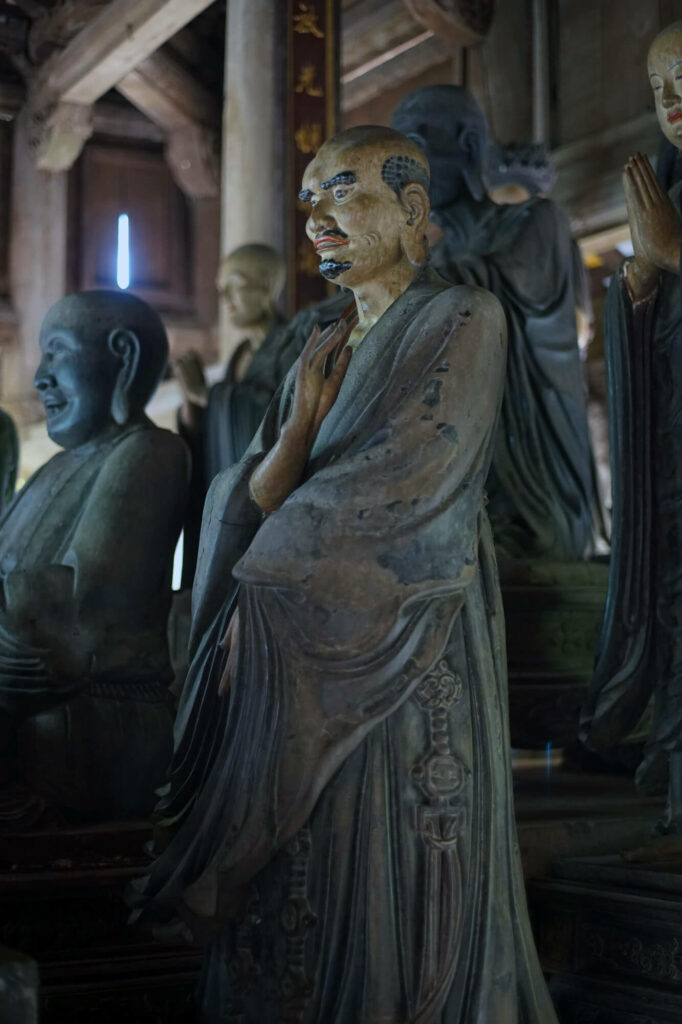
2. Venerable Ananda
the one who remembered and reread all Buddhist scriptures, so he was carved in the posture of holding a set of scriptures. He is the symbol of missionary saints.
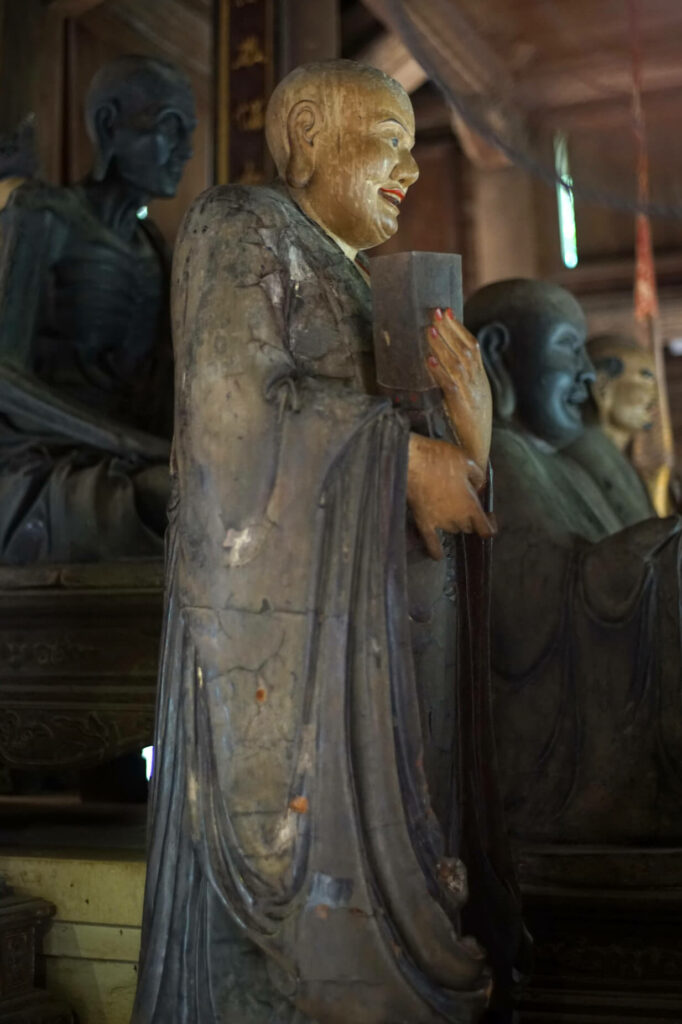
The name Ananda means joy. Therefore, his face carried a gleeful smile that expressed the nature of this name.
Among the 18 Arhats of Tay Phuong Pagoda, Mahakasyapa and Ananda statues were placed right on the altar in main hall.
3. Patriarch Sanakavasa
He was a great missionary of early Buddhism. His career is associated with a philosophical story with his student – Upagupta.
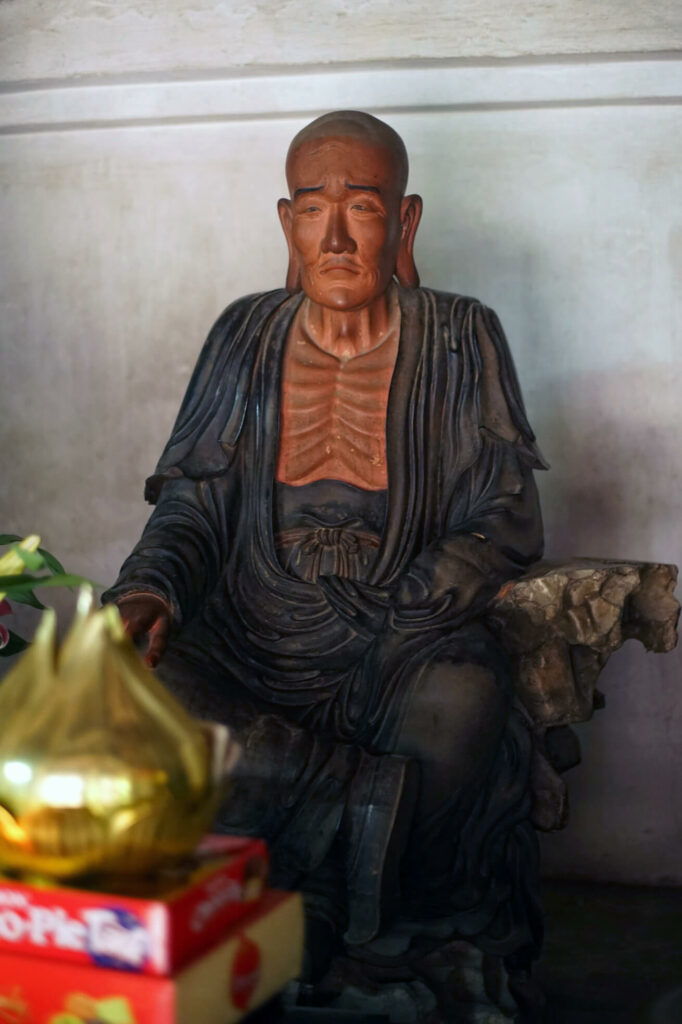
The statue of Sanakavasa at Tay Phuong Pagoda depicts him observing and thinking about Upagupta, looking thoughtful, deeply immersed in philosophy.
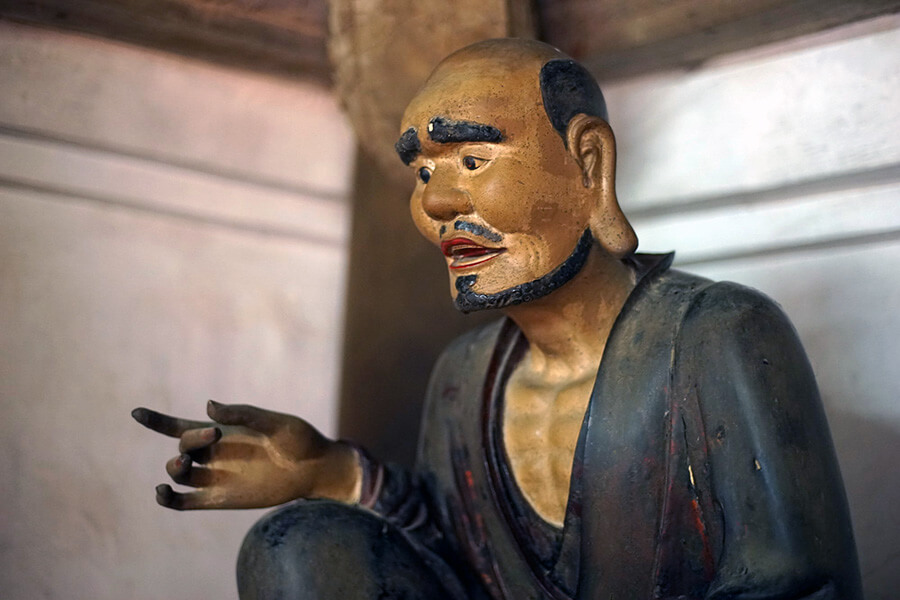
4. Upagupta
Upagupta is a disciple of Sanakavasa. Legend has it that every time he saved a person, he put a bamboo card into the cave. Later, the cave was filled to the top.
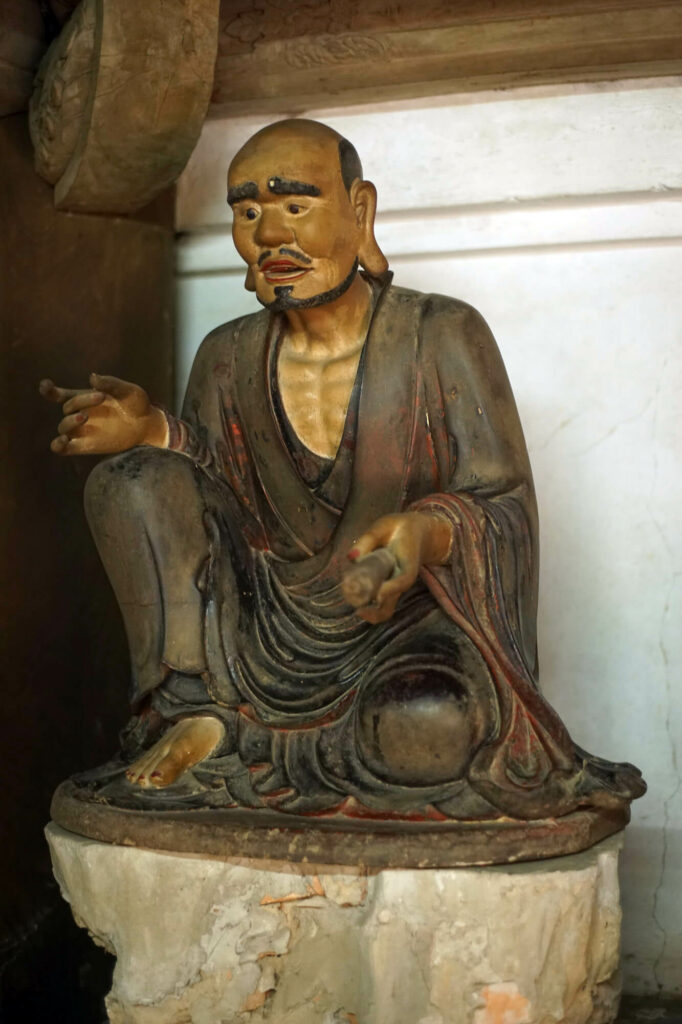
The statue of him holding a scroll in his left hand and a bamboo card in his right hand (which has been lost) is made to sit and move very vividly.
5. Dhritaka Dhritaka
His career often known for the meaningful story of passing on his robe and bowl to his successor, Michakha.
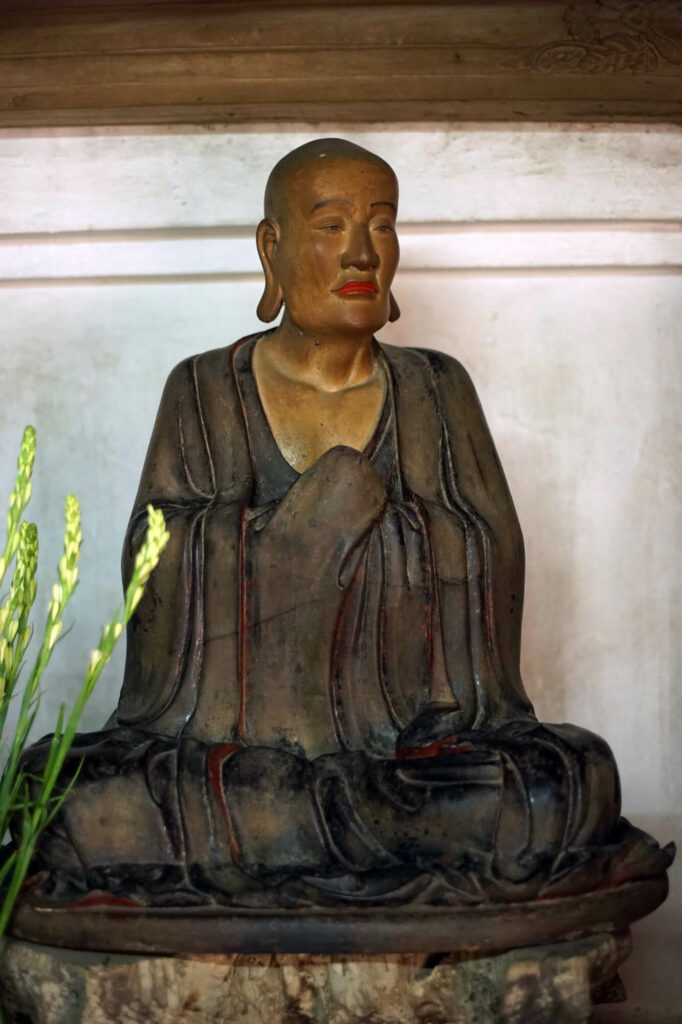
The face of the Dhritaka’s statue at Tay Phuong Pagoda has a pensive look as if waiting for a worthy person to pass on his robe and bowl.
6. Michakha
Michakha is the one who spread Buddhism in many different lands. His statue is shaped in a standing position, his face expressing surprise, as if there is a strange scene ahead or he is arguing with someone.
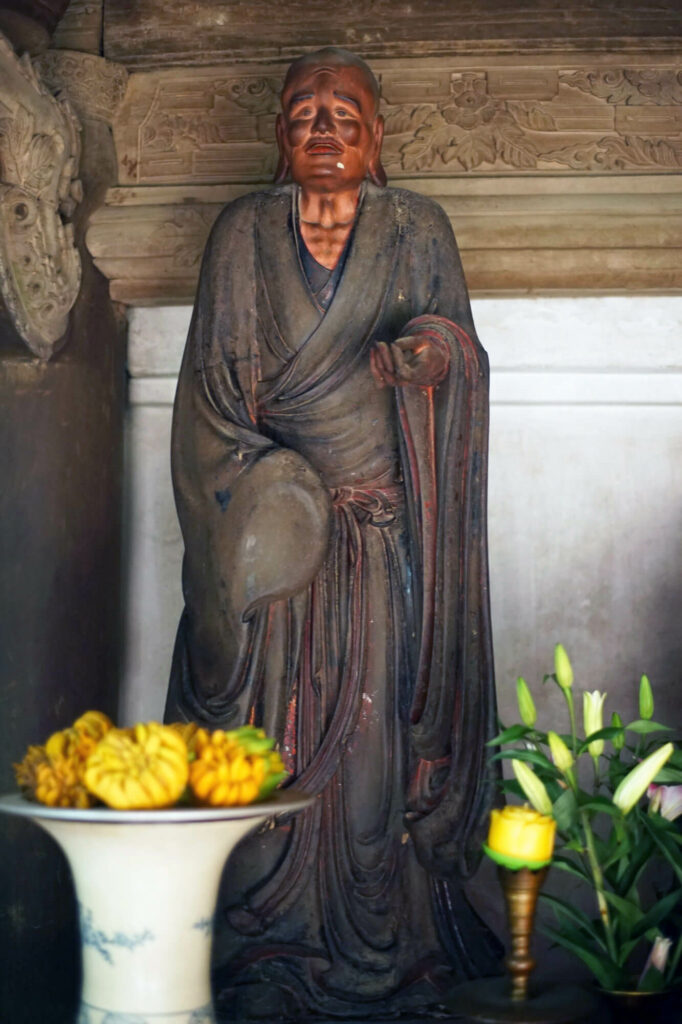
This is one of the statues expressing the most vivid emotions among the Arhat statues of Tay Phuong pagoda.
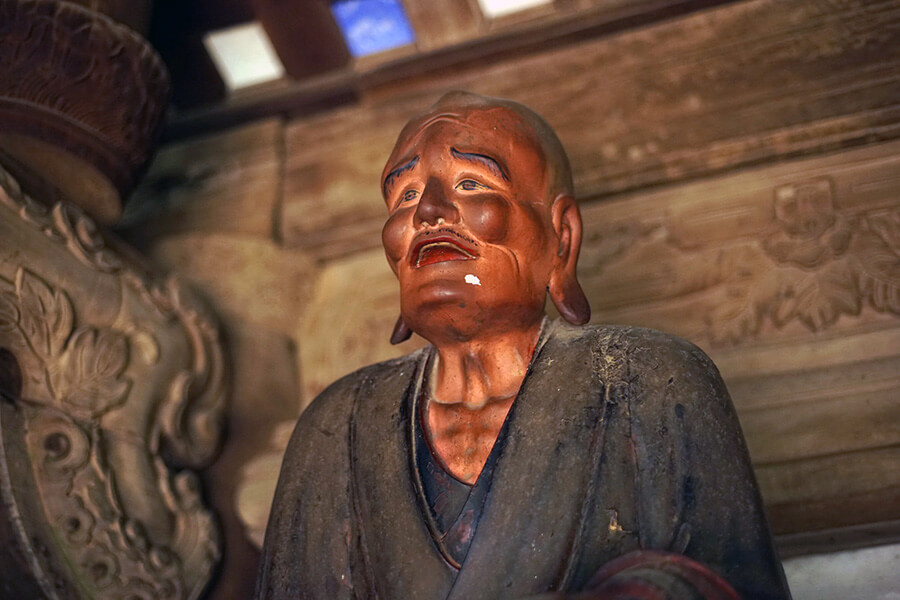
7. Vasumitra
When Vasumitra was not a monk yet, he was famous for being someone who liked to make friends, sing poetry, drink wine, and dress politely…
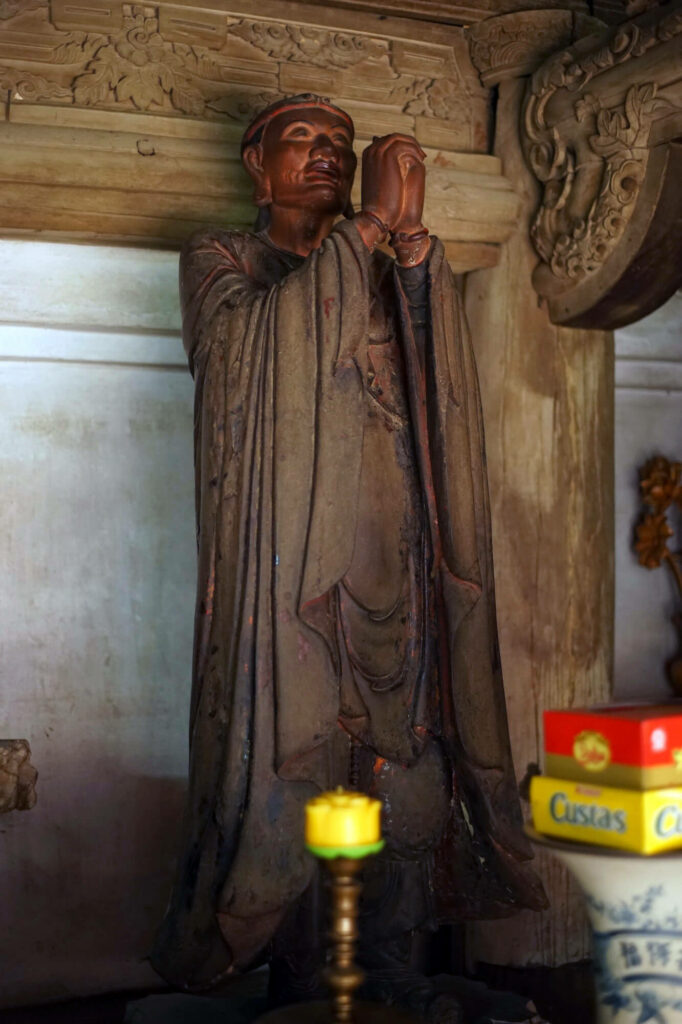
His statue is carved in a respectful posture reciting Buddha’s name, greeting and praying for blessings for the person opposite him, and his clothes are neatly and beautifully dressed.
8. Bouddhanandi
He was talented in debate, good at speaking, and lived comfortably. His statue is shaped very vividly, with a plump figure, leaning back comfortably, holding a stick in his hand to clean his ear, and his clothes hanging loosely.
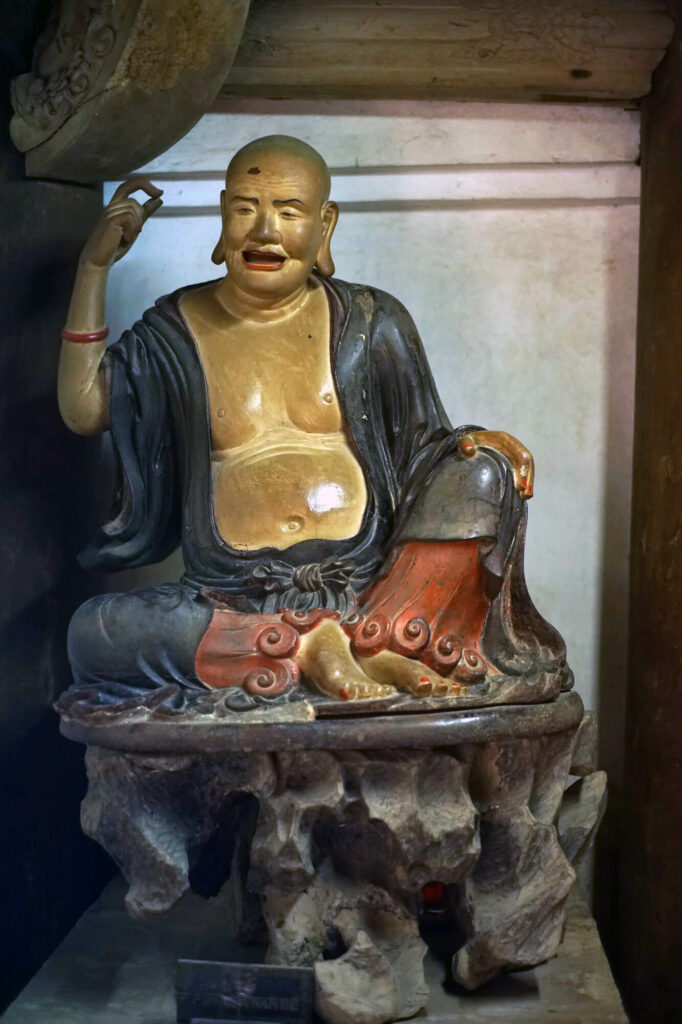
The statue’s face is full of joy and leisure.
9. Venerable Bouddhamitra
The legend has it that until the age of 50, he still did not speak or leave the house, because he had not heard anything good, until Bouddhanandi came to his home to preach the Dharma.
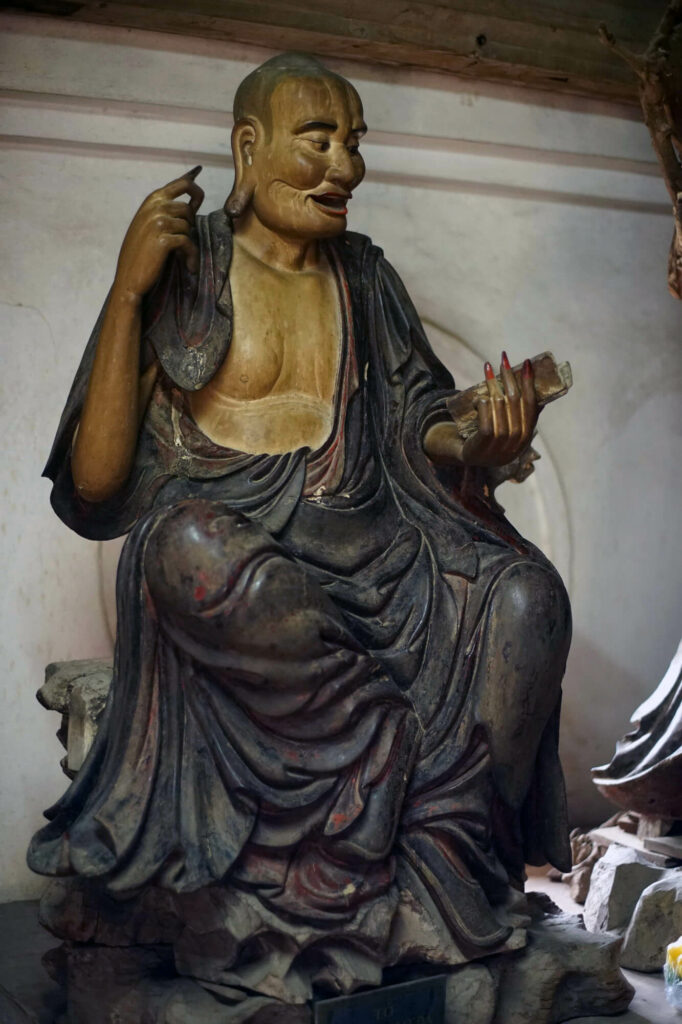
Therefore, the statue was carved when he was old, but had first enlightened to the teachings, shown through reading the book, with a joyful face.
10. Venerable Parsva
Parsva always practiced and traveled without stopping, without even sleeping. Legend has it that while he was leaning against a tree, he realized from afar that the boy would become a patriarch…
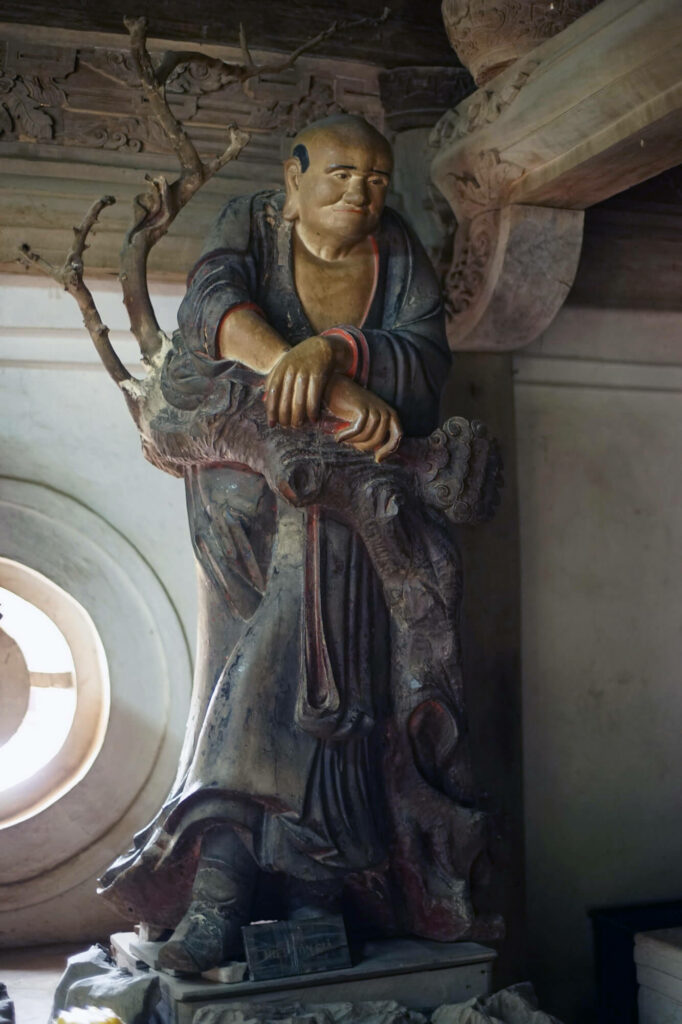
He preached the Dharma to the boy right under the tree. Later, the boy became the Zen Patriarch – Punyayasas. His statue is shaped to hug a tree trunk and is based on this story.
11. Asvagosha.
According to legend, Asvagosha could teach the Dharma to even animals. The statue of Tay Phuong Pagoda depicts him preaching to the Dragon.
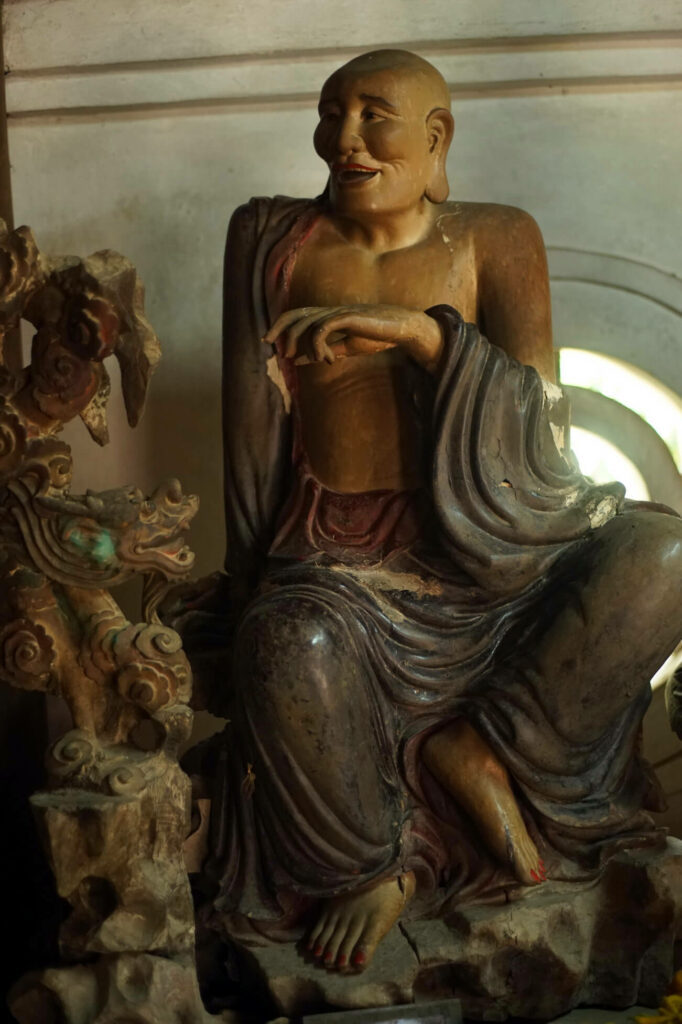
In fact, Asvagosha was a famous poet and philosopher around the 1st century, one of the four pillars of Mahayana Buddhism.
12. Capimala.
He was originally a pagan, had up to 3,000 disciples, understood strange theories, and was later subdued by Asvagosha and then passed on his robe and bowl to become his successor.
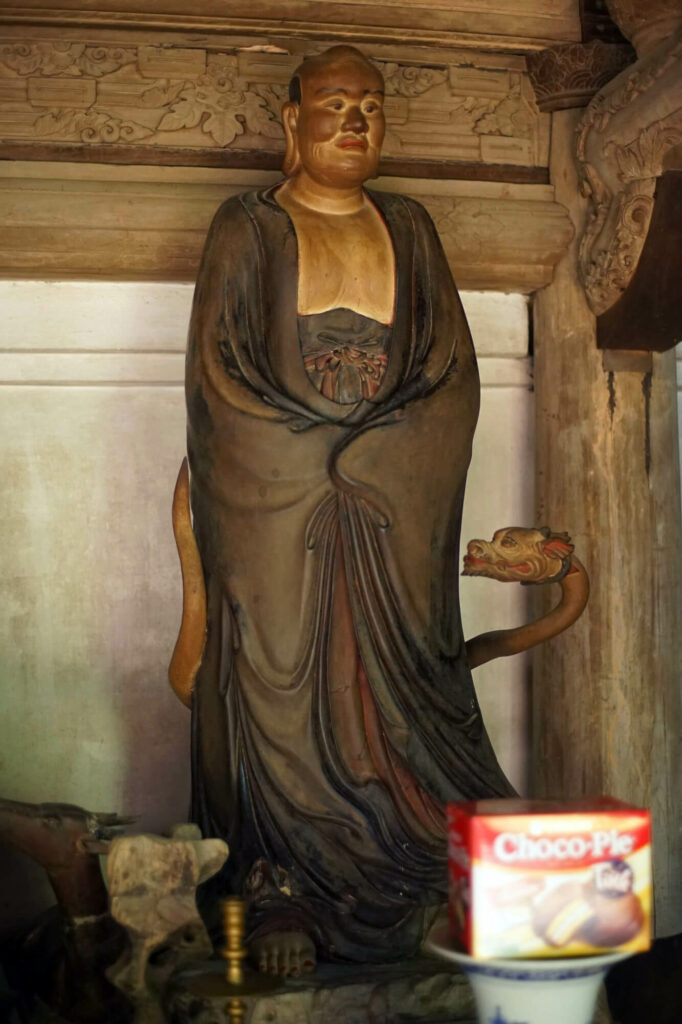
The statue of Capimala is shaped with a snake wrapped around it. According to legend, there was a time when a python curled around his body and wanted to eat him, but the patriarch preached the Dharma, causing the snake to respect him, and guided him to a saint still hidden in the forest, Nagarjuna. Capimala preached the Dharma and transmitted it to Nagarjuna.
13. Nagarjuna
Nagarjuna is one of the four Indian Buddhist sages and the greatest commentator. Later times considered him equal to a Bodhisattva, a living Buddha. Therefore, among the 18 Arhats of Tay Phuong Pagoda, only Nagarjuna is carved sitting on a lotus.
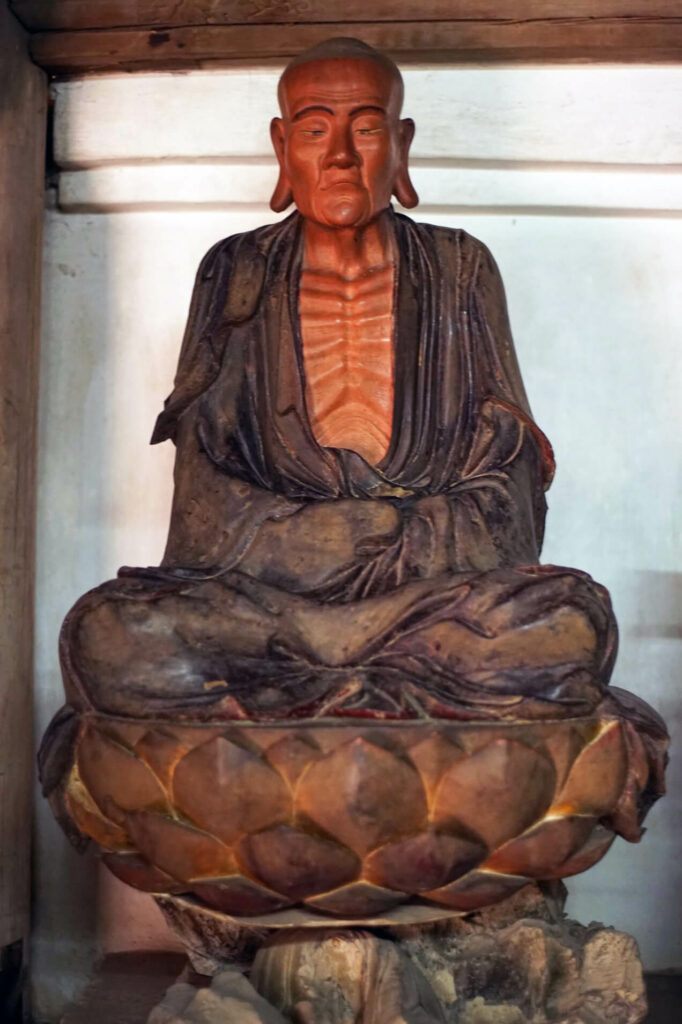
According to legend, Shakyamuni Buddha kept the Avatamsaka Sutra in the Dragon Palace at the bottom of the sea for 600 years. Nagarjuna used his magical powers to go down to Dragon Palace to retrieve that sutra. Therefore, next to the Nagarjuna statue there is a dragon wearing a sutra to describe this legend.
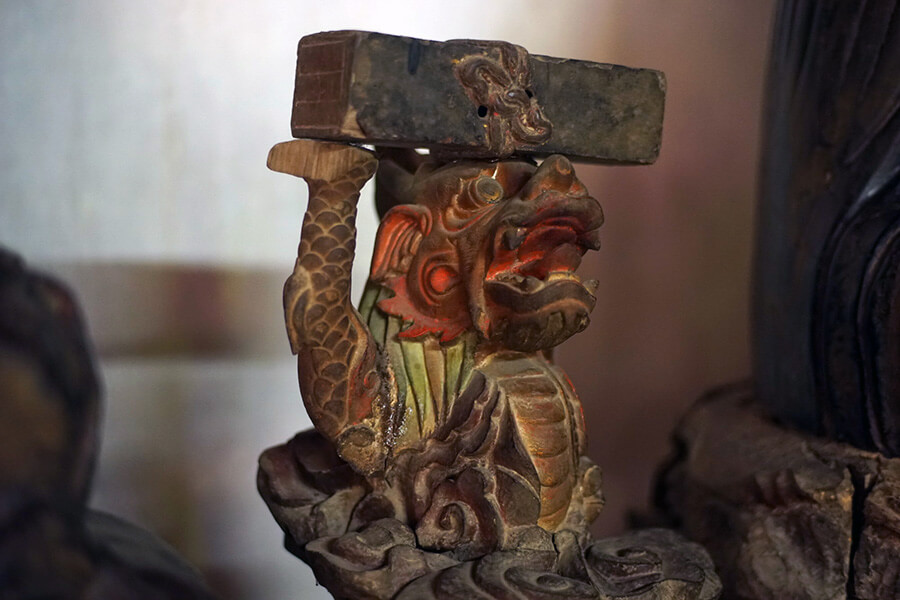
14. Rahulata
Patriarch Rahulata came from a wealthy family, eating well and dressing comfortably. His statue is the only statue wearing a rich man’s turban on his head, holding a cane to show authority, and very long nails, a sign of a person of noble class.
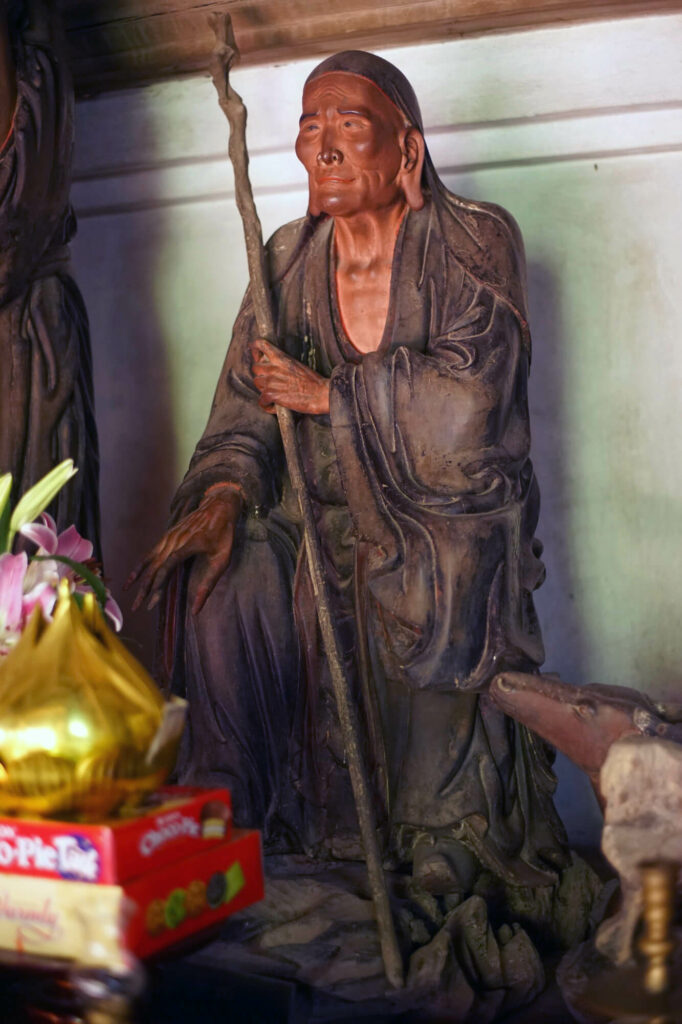
15. Sanghanandi
Sanghanandi was the son of the King. As soon as he was born, he knew how to speak and praised Buddhism. When he grew up, even though his father forbade him, he fled to the mountains to practice Buddhism, attained enlightenment and became a patriarch. His statue was carved in a meditating position on the riverbank.
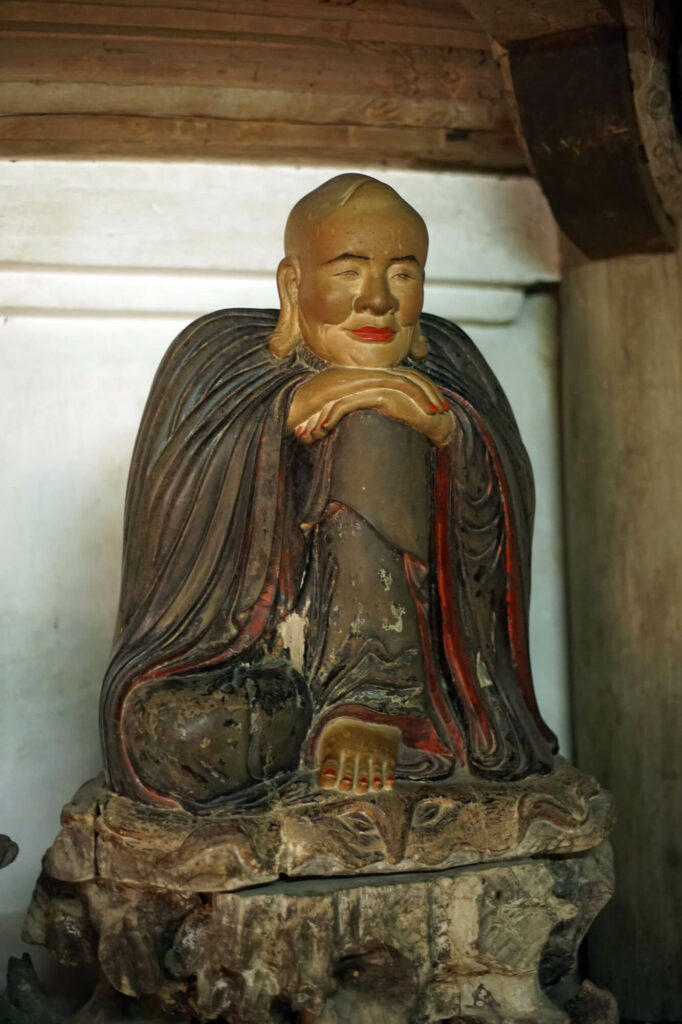
Patriarch Sanghanandi’s meditation style is very special, not with his hands folded in front of his stomach as usual, but with a rustic posture as if he was sitting and talking, with a relaxed face.
16. Samghayacas
When he was young, Patriarch Samghayacas often carried a mirror to look at himself. Until he attained enlightenment, he still had that mirror with him.
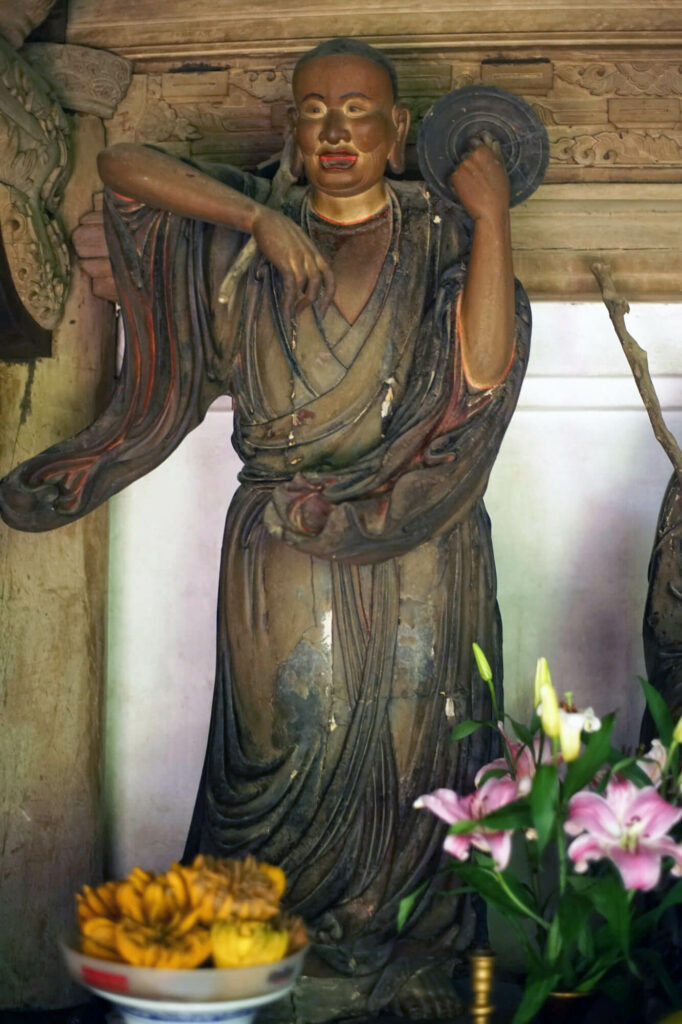
Therefore, his statue was carved in a walking position, holding a round mirror facing back, his sleeves fluttering very vividly.
17. Kumarata.
According to legend, Patriarch Kumarata was originally a cultivator in heaven. He made a mistake and had to descend to the human world.
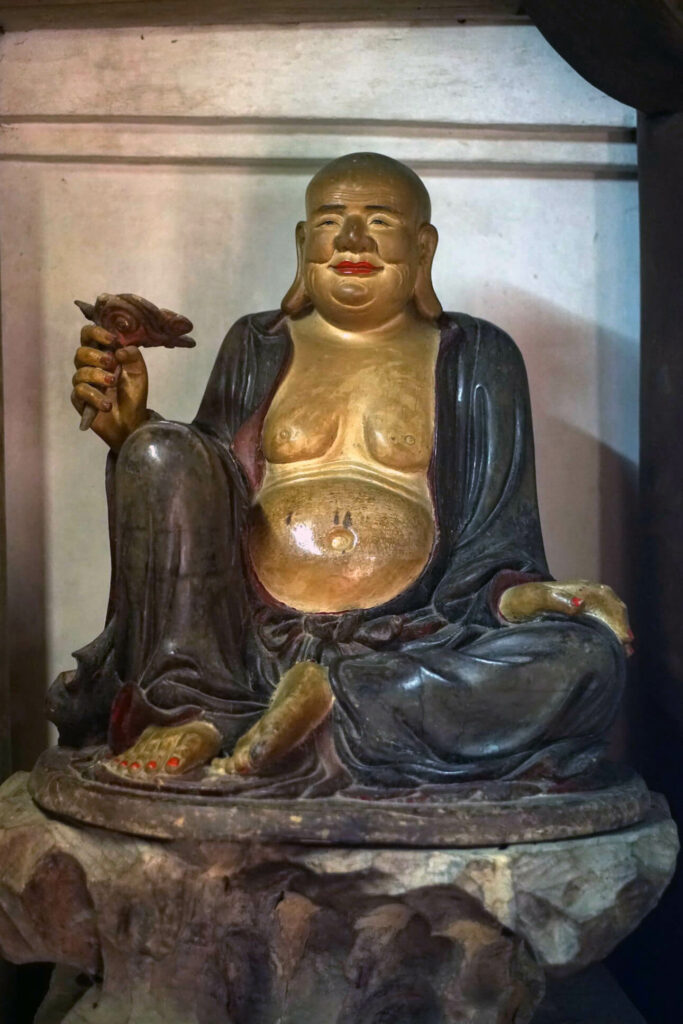
His statue was made with a very fat and leisurely appearance, smiling mouth, holding a large flower in his hand.
18. Jayata
Patriarch Jayata was famous during his lifetime as a man of profound wisdom. The statue is carved in a very strange position: the body is skinny and bony, the hand is holding a stick to scratch its back, it seems very itchy and miserable.
